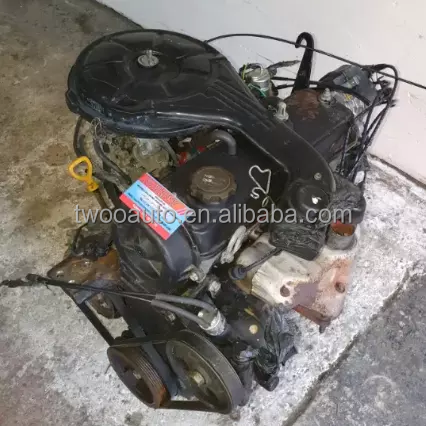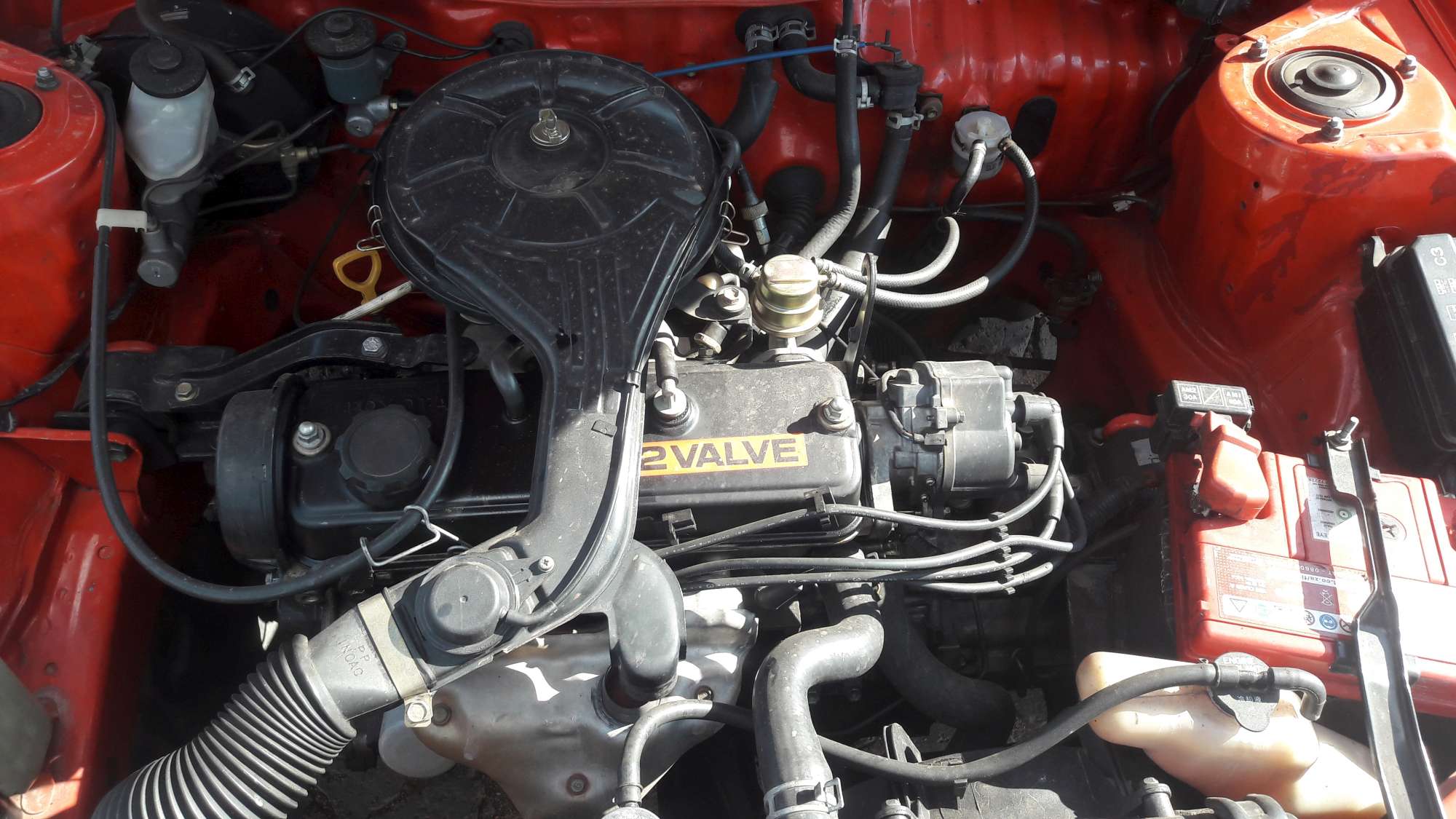Explore the Latest Patterns in Engine Innovation Through Tazz
In the swiftly developing landscape of auto innovation, Tazz stands at the center, highlighting substantial developments in engine systems that focus on both innovation and sustainability. From hybrid engines that optimize fuel efficiency to the development of hydrogen fuel cells, the trends forming contemporary powertrains are not just enhancing performance however likewise addressing important ecological obstacles.
Crossbreed Engine Innovations
Crossbreed engine advancements represent a critical change in automotive innovation, combining the benefits of inner combustion engines with electric propulsion systems. This integration not just boosts gas effectiveness however additionally reduces emissions, meeting significantly rigid environmental regulations. By making use of both power sources, hybrid engines can optimize efficiency, supplying power when required while conserving gas throughout less requiring driving problems.
Current advancements in hybrid modern technology include renovations in battery effectiveness and regenerative stopping systems. These technologies enable better energy recovery throughout deceleration, which can be rerouted to help in velocity or power auxiliary systems. Makers are focusing on lightweight products and compact layouts to maximize the efficiency of crossbreed powertrains.
The advancement of plug-in crossbreeds has also increased the market, enabling drivers to bill their vehicles utilizing conventional electric outlets. This attribute commonly enables for substantial all-electric variety, more reducing dependancy on conventional gas. tazz. As the vehicle market proceeds to advance, hybrid engine innovations are anticipated to play a critical role in connecting the gap between traditional cars and totally electrical versions, offering a transitional remedy that deals with varied customer requirements and preferences
Advances in Electric Powertrains
The vehicle landscape is rapidly progressing, with electrical powertrains becoming a leading pressure in lasting transport. Breakthroughs in electric automobile (EV) modern technology are considerably improving performance, user, and performance experience. Trick developments consist of enhancements in battery chemistry, which have actually enhanced energy thickness, decreased charging times, and prolonged overall battery life.
Solid-state batteries, for instance, guarantee to transform the marketplace by offering greater safety and security and efficiency contrasted to conventional lithium-ion cells. Innovations in regenerative stopping systems are making it possible for automobiles to recover energy during slowdown, adding to general performance.
Along with battery modern technology, electric motor styles are coming to be much more sophisticated. Advancements such as integrated electric motors and advanced thermal management systems are aiding to maximize power shipment and minimize weight, ultimately enhancing car dynamics.

Jointly, these advancements emphasize the dedication to change towards cleaner, a lot more effective transportation solutions, placing electrical powertrains at the center of automotive technology.
The Surge of Hydrogen Fuel Cells
Significantly, hydrogen fuel cells are obtaining grip as a viable option to standard internal combustion engines and battery electric lorries. This innovation utilizes the chemical energy kept in hydrogen, transforming it into electricity through an electrochemical response with oxygen. The main result of this procedure is water, making hydrogen fuel cells an eco-friendly option with no exhausts at the tailpipe.

Automakers are increasingly investing in hydrogen gas cell innovation, acknowledging its possibility for long-range applications and quick refueling capabilities that measure up to traditional gas. Furthermore, industries such as sturdy transport and public transit are especially well-suited for hydrogen gas cells, where battery electrical solutions might fall short due to weight and variety constraints.
As study and financial investment continue to expand, hydrogen fuel cells are positioned to play a substantial duty in the future landscape of tidy transport and energy remedies.
Enhancements in Internal Burning Engines
Technologies in inner burning engine (ICE) innovation are changing conventional cars to meet contemporary ecological requirements and performance assumptions. Direct gas injection, for instance, permits for far better atomization of fuel, leading to even more complete combustion and improved power outcome.
In addition, turbocharging has gotten importance, allowing smaller view it engines to deliver greater performance without the weight of larger engines - tazz. This modern technology not only enhances effectiveness but also contributes to lower fuel consumption. Variable valve timing systems are likewise being refined, enabling engines to adapt to different driving problems for boosted torque and responsiveness
Additionally, the usage of light-weight materials in engine construction is ending up being conventional, further enhancing gas efficiency by minimizing overall vehicle weight. Engine control devices (ECUs) are progressively innovative, making it possible for real-time changes that enhance efficiency and discharges.
These enhancements jointly represent an essential change in ICE modern technology, lining up with international sustainability objectives while still giving the performance vehicle drivers anticipate from their cars. As the market evolves, these renovations remain to shape the future of traditional vehicle design.
Future Trends in Engine Effectiveness
Significant advancements in engine performance are anticipated as manufacturers concentrate on integrating advanced innovations to satisfy rigid environmental regulations and consumer needs. The change towards electrification, crossbreed systems, and alternative gas is reshaping the auto landscape, driving innovations that improve gas economic climate and decrease discharges.
One of the crucial fads is the execution of advanced anchor products and producing techniques. Light-weight compounds and high-strength alloys add to minimized automobile weight, hence boosting total efficiency. Additionally, the adoption of turbocharging and variable shutoff timing technologies enables boosted power output from smaller sized engines, even more boosting fuel economy.

Conclusion
Finally, the exploration of engine innovation reveals considerable innovations that try this site focus on sustainability and performance. Developments in crossbreed engine systems, electric powertrains, and hydrogen gas cells demonstrate a commitment to reducing discharges while improving performance. Enhancements in inner combustion engines and an emphasis on light-weight products add to overall engine effectiveness. As the auto industry proceeds to advance, these fads will play an important function fit a cleaner and even more lasting future for transport.
From hybrid engines that optimize fuel performance to the development of hydrogen gas cells, the patterns shaping contemporary powertrains are not only boosting performance but likewise attending to crucial ecological obstacles.Crossbreed engine developments represent a pivotal shift in automotive innovation, incorporating the advantages of inner burning engines with electrical propulsion systems.In addition, turbocharging has gotten prominence, enabling smaller engines to provide greater efficiency without the weight of bigger engines. In addition, the fostering of turbocharging and variable shutoff timing modern technologies permits for improved power result from smaller engines, even more enhancing gas economic climate.
Renovations in internal burning engines and a focus on lightweight materials contribute to general engine performance.